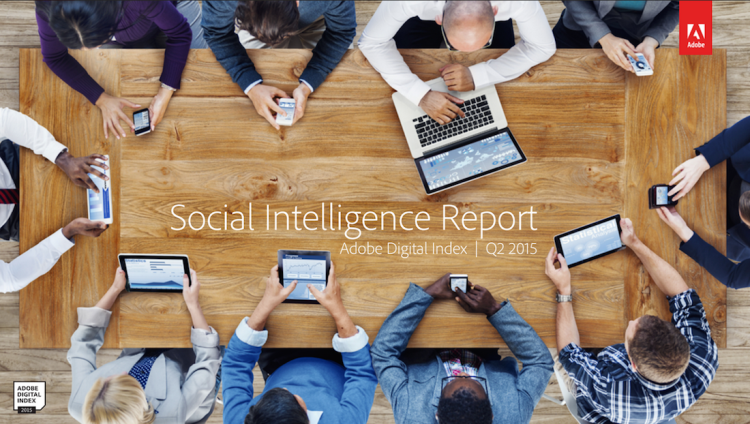Sites that weren’t mobile-ready for Mobilegeddon have paid the price by losing ten percent of their mobile traffic year-over-year (YoY).
That’s one of the findings in Adobe Digital Index (ADI)’s Q2 Digital Advertising & Social Intelligence Reports, out today. The Reports draw on nearly 900 billion digital ad impressions on major search and social platforms like Google, Bing/Yahoo, and Facebook, plus over 21 billion anonymous visits, as recorded in the Adobe Marketing Cloud.
The Reports found that Google’s Mobilegeddon impact has been growing weekly since April, when the search giant first decided to give mobile search result preferences to mobile-optimized websites.
The ADI said sites are finding that their mobile advertising is not making up the gap. Mobile cost-per-clicks are up 16 percent YoY, while click-through rates (CTRs) have dropped nine percent.
“Advertisers have to spend more just to stay even,” ADI analyst Joe Martin pointed out in a statement.
And it turns out retailers have a long way to go on mobile, compared to desktop, according to principal analyst Tamara Gaffney.
VB’s new Brands & Mobile Advertising: How to win report is available for
$499 on VB Insight, or free with your martech subscription
One of the Reports’ surprises, she told me via email, is that “the best [our sampled 5000+ websites] could do in mobile retail was still half the revenue per visit of a desktop shopping session.”
Retailers are going to have to “disrupt their existing e-commerce approach” in their mobile experiences, she said, if they’re going to match desktops. That means drawing on such mobile-unique capabilities as e-wallets, NFC (Near-Field Communication), camera features, and location-based marketing.
Meanwhile, Adobe is projecting that Web browsing on mobile devices will exceed desktop browsing in about 18 months. That trend is causing what Gaffney described as “tremendous stress” on marketers and publishers.
“For search, in particular,” she said, “mobile advertising’s lack of perceived value causes a mobile search click to be worth 37 percent less than a desktop search click.” Like mobile retailing, she said, mobile Web browsing is going to need some “disruptive and innovative changes” if it is to improve its business prospects.
Other findings:
- Google’s search business is up only about two percent YoY, compared to the growth rate of 4.5 percent last year at this time. In contrast, Bing/Yahoo is now enjoying a 24 percent growth rate YoY in the U.S. But Google can take heart from the fact that CPCs for enterprises are up six percent.
- More bad news for Google: display ads seen on its ad network and its YouTube property are down 22 percent in volume, apparently because of how it is now targeting the ads.
- Facebook’s display ads, on the other hand, are delivering twice as many click-throughs YoY (Google’s CTRs did increase, but only 24 percent).
- Adobe said it conducted a survey showing that slightly more than half of respondents thought Facebook display ads were more relevant than YouTube’s, confirming better targeting by the social giant. Facebook has also reduced the display ads on a mobile web page, although it is now showing them within the news feed. This has decreased the number of ads on a page, but it has resulted in more engagement by users and led to a doubling of CTRs.
- Over at Twitter, revenue per visit is up 64 percent to 60 cents per visit, while Facebook and Pinterest’s revenues are down, 17 percent and 51 percent, respectively.
VentureBeat's mission is to be a digital town square for technical decision-makers to gain knowledge about transformative enterprise technology and transact. Learn More

